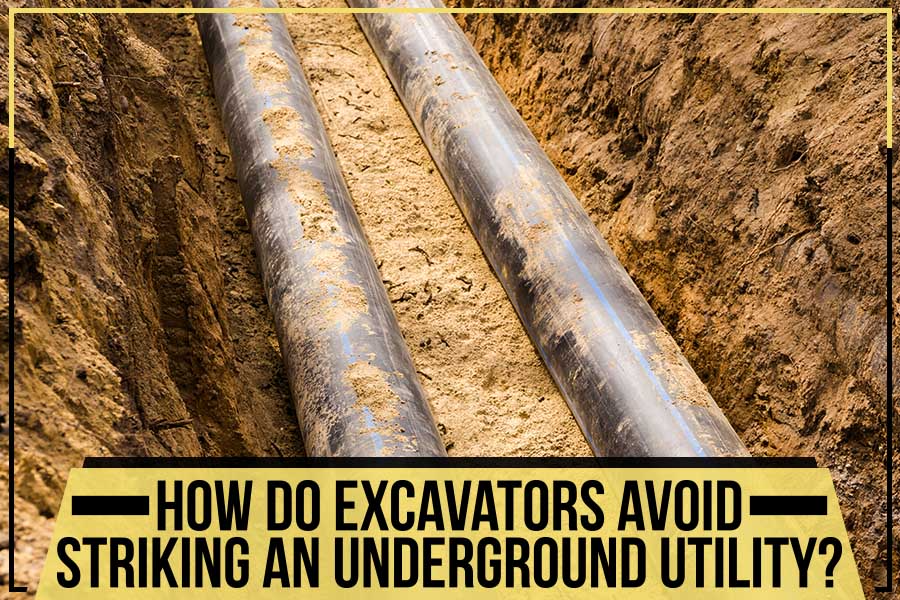Every day, excavators face the risk of striking an underground utility while digging. It can cause extensive property damage and injury or even death to workers.
To avoid hitting a utility, excavators use various methods and tools to locate them before beginning work. You can learn more about the steps contractors take to keep you safe if you know how these processes operate.
Let’s do some digging to learn some more!
Excavators – Massive and Movable
The first step in avoiding a utility strike is understanding the machine you’re operating. An excavator is a massive piece of machinery used to dig holes, trenches, and foundations. They are also used to demolish buildings, clear land, and haul away debris.
While excavators are an essential part of many construction projects, they can also be very dangerous. The sheer size and power of the machine means that it can cause much damage if not used properly.
To avoid hitting a utility, the operator must be aware of the location of underground utilities. To do this, they use a variety of methods and tools.
Sensors:
One method excavators use to avoid hitting underground utilities is by using sensors. Utility companies will install sensors in the ground that will notify the excavator of the location of any underground utilities. It allows the operator to know where they need to be careful when digging.
Pipe and Wire Locator:
It is a device that uses radio waves to locate metallic pipes and wires that may be buried underground.
If the device fails to locate the pipe or wire, the excavator operator will use a probe. It is a long metal rod inserted into the ground to feel for any buried objects.
Once the object has been located, the operator will mark the area so that they can avoid it when digging.
Ground Penetrating Radar:
Locating underground utilities is not always an easy task. In some cases, the soil conditions can make using a pipe and wire locator or probe difficult. In these cases, ground-penetrating radar is used to locate underground utilities.
This technology uses electromagnetic waves to create an image of what is buried beneath the ground. Using this tool requires a trained operator, as it can be challenging to interpret the data.
Reducing the Risks Further:
While these methods are very effective, they are not foolproof. There is always a risk that an excavator will hit an underground utility.
To further reduce this risk, many excavators are equipped with GPS systems. These systems use satellite technology to create a map of the area. This map is then used to plan the excavation so that underground utilities can be avoided.
Ending Note:
Here at Purcell’s Paving and Masonry in Baskin Ridge, NJ, we always take great care in avoiding any potential damage to underground utilities.
We have the experience and knowledge to excavate around these lines safely without disrupting service.
If you require excavation services for your next project, please don’t hesitate to contact us.
We would be happy to give you a free estimate.
Posted in Purcell’s Paving And Masonry Blog | Comments Off

